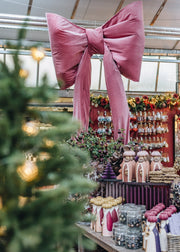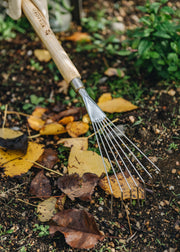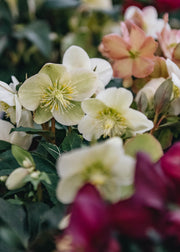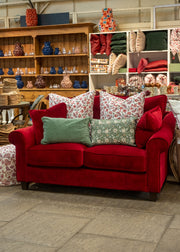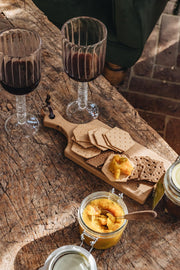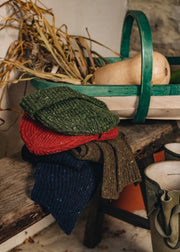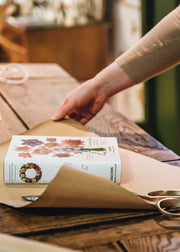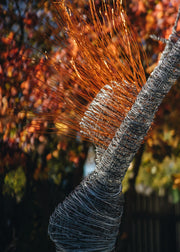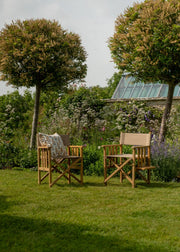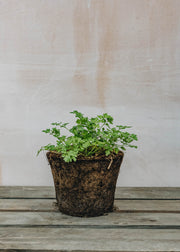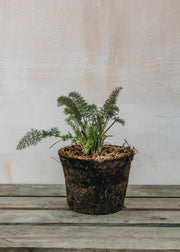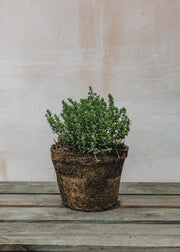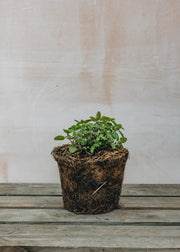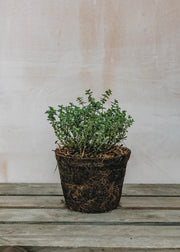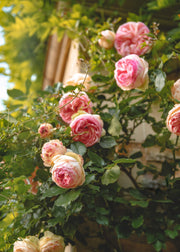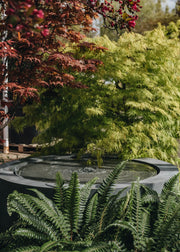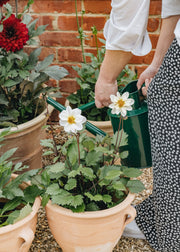How To: Plant a Herb Container

Picking fresh herbs from a garden, pot or windowsill is one of life’s simple joys. Whether adding rosemary to a sizzling leg of lamb, or tearing the emerald leaves of basil into pasta, there’s nothing as easy or tasty as having the plant close to hand. Not only useful for cooking, herbs are also valued for their therapeutic qualities, which can be employed around the home or used to repel pests when partnered with other plants. With their aromatic foliage and delicate flowers, their sensory appeal is evident, not only to us, but to bees and other pollinators, who thrive on the nectar and pollen rich plants. With all these benefits, planting a herb garden is an easy and relatively low-cost endeavour, guaranteed to provide a great return on investment!
- You can use really anything in which to plant your herbs – from a round terracotta pot with side holes to a tin bath or a normal upright planter. Just ensure that roots have enough room to grow and there is a drainage hole at the bottom.
- Good drainage is key. Most of the herbs we grow originate in the Mediterranean or Middle East and so thrive in full sun, with a light, well-drained soil. Add some broken ‘crocks’ to the base of the planter to ensure the water hole remains unclogged and consider adding some pot feet or raising the pot to avoid water logging.
- John Innes seed compost is suitable for container herbs – you don’t want to use anything too rich as you want the plants to grow slowly to build an intensity of flavour. For fertilising during the growing season, a liquid seaweed or balanced fertiliser is recommended, rather than a potassium rich fertiliser.

- Choose the herbs you like the most! Like the song, a good place to start is with the stalwarts- parsley, sage, rosemary and thyme. Rosemary and sage are reliable year-round, providing evergreen foliage, but please be aware that sage can over run.
- Choose the largest plant for the centre of your planting- we would suggest rosemary.
- Water the herb prior to planting.
- Thyme doesn’t like the shade, so ensure it is not overshadowed, or it may die. If you have a pot with side holes, place parsley in a lower hole to access water as it drains down the pot, and pop thyme in another hole to allow it to have its own space.
- We wouldn’t suggest planting mint in a group as it needs a lot of water so will suck the moisture from the pot, and can be invasive, overpowering other plants.
- Although basil is a very popular herb, it is a tender annual, so a better option would be to plant it with tomatoes as they pair well together and have the same soil requirements. Other annuals (living for only one season) include coriander, dill and chamomile – these are best grown individually so can be composted easily after the season.
Planting with Hairy Herb Pots
- Water regularly – once or twice a week (more in hot weather) - the pot, not the foliage!
- After the herbs finish flowering, cut back the stems by a third – but avoid cutting into old wood on rosemary.
- Over winter, ensure the pot is not too dry, not too wet or allowed to freeze. In extreme weather, protect container with fleece or move to a sheltered spot.
